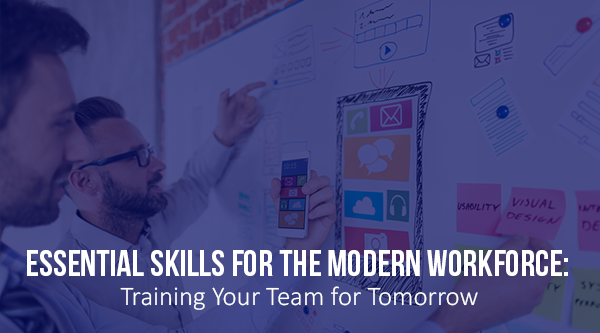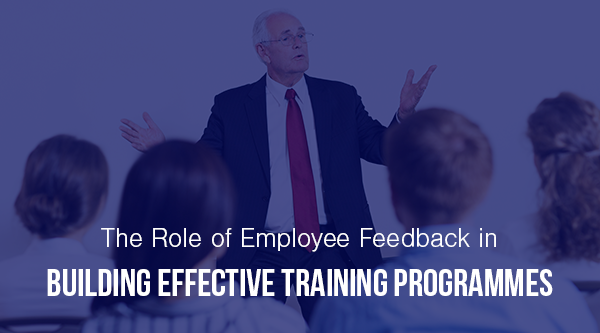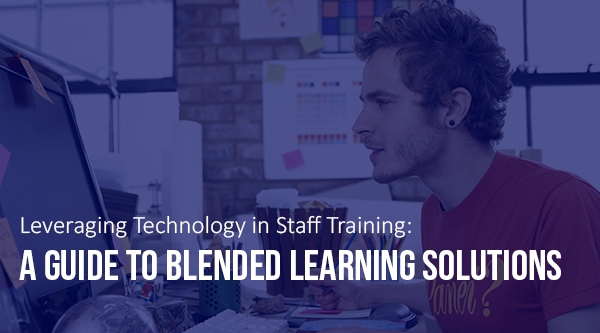The Role of Employee Feedback in Building Effective Training Programmes
Companies can no longer afford to run training programmes that miss the mark. For training to be truly effective, it must be relevant, engaging, and tailored to the real needs of your people. That’s where employee feedback comes in.
Gathering feedback from your team is one of the most powerful ways to shape training programmes that work. It not only shows that you value their input, but it also helps you build a culture of continuous learning and improvement.
Why Employee Feedback Matters
Every employee brings a unique perspective to their role. They know what skills they need to do their jobs well, what challenges they face day-to-day, and where they would benefit from extra support or development.
When you collect feedback directly from your team, you gain insight into:
- Skill gaps that may not be obvious at a management level
- Topics or areas where current training isn’t hitting the mark
- Preferred learning styles or formats (e.g., in-person, online, or blended)
- Common frustrations or barriers to learning
By listening to employees, you can create training programmes that are truly aligned with what people need to succeed.
How to Collect Meaningful Feedback
There are several ways to gather feedback from your team. The key is to make it easy, honest, and ongoing.
1. Surveys and Questionnaires
Use short surveys to ask about recent training sessions or future training needs. Make them anonymous if possible to encourage honest responses.
2. One-to-One Check-ins
Managers can gather informal feedback during regular check-ins. These conversations often reveal deeper insights than surveys alone.
3. Focus Groups
A small group discussion can bring out different perspectives and help you explore what’s working and what needs improvement.
4. Post-Training Reviews
After every training session, ask participants what they found useful, what they didn’t, and what they’d like more of in future sessions.
What to Do with the Feedback
Collecting feedback is only the first step. Acting on it is what builds trust and drives better results. Start by analysing the common themes. Are there recurring issues or suggestions? Are certain departments or teams asking for the same type of training?
Then, adjust your training programmes accordingly. This might mean introducing new topics, updating outdated material, or offering more flexible delivery methods. Always let your team know what changes are being made based on their feedback. This shows that their voices are heard and valued.
The Long-Term Benefits
Making employee feedback part of your training strategy can deliver real business benefits, including:
- Higher engagement: People are more likely to take training seriously when they feel it’s relevant to them.
- Improved performance: Targeted training leads to better skills and stronger outcomes.
- Stronger retention: Investing in employee development boosts morale and reduces turnover.
- Better return on investment: You avoid wasting time and money on training that doesn’t deliver.
It’s a win-win: your employees feel supported and empowered, and your organisation becomes more agile, skilled, and future-ready.
Partner with Optimum Results for Tailored Training Success
At Optimum Results, we work closely with organisations to design training programmes that reflect the real needs of their teams. Through employee feedback, skills audits, and expert facilitation, we help you unlock your team’s full potential. Whether you’re looking to launch a new development plan or improve an existing one, we’re here to help.
Let’s talk about how we can build a smarter, more effective training strategy for your team.
More from our blog
-
 Reading time: 2 MinutesMay 28, 2025
Reading time: 2 MinutesMay 28, 2025 -
 Reading time: 2 MinutesMay 8, 2025
Reading time: 2 MinutesMay 8, 2025 -
 Reading time: 3 MinutesApril 22, 2025
Reading time: 3 MinutesApril 22, 2025 -
 Reading time: 2 MinutesApril 15, 2025
Reading time: 2 MinutesApril 15, 2025 -
 Reading time: 2 MinutesMarch 24, 2025
Reading time: 2 MinutesMarch 24, 2025 -
 Reading time: 2 MinutesMarch 10, 2025
Reading time: 2 MinutesMarch 10, 2025

